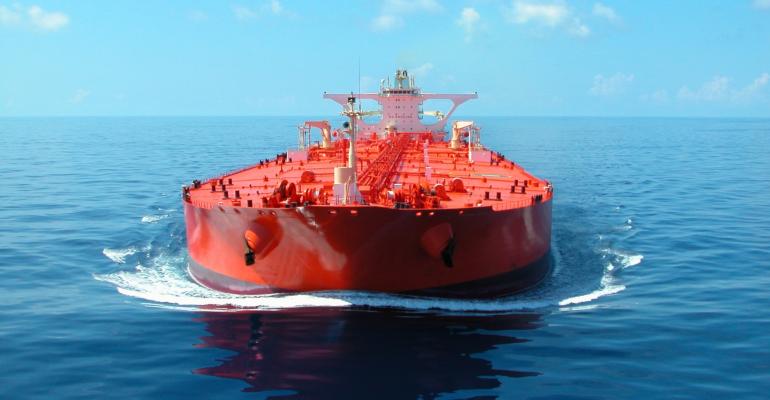The uncertainties include low orderbooks, the impact of new environmental regulations from January, as well as other ‘inefficiencies’ and geopolitical factors, according to Clarksons Research.
The cross-sector ClarkSea Index stood at $31,539 per day in early November, significantly below the last year’s average of $37,548 per day and well down on the 18 successive weeks between March and July when it exceeded $40,000 per day, levels last seen at the height of the 2000s ‘supercycle’. During the first half of the year, the container market was exceptionally strong and bulker markets were generally firm, the research firm noted in its most recent market report.
Since then, however, market fundamentals have shifted again. Container markets softened sharply during September and October, partly due to faltering demand and lower port congestion. Bulk carrier earnings, meanwhile, are down by 27% over the second half of the year so far, compared with the first-half average.
On the other hand, energy-related shipping markets have strengthened, with average tanker earning breaking through $50,000 per day in October, double the March average. Tonne-mile demand, meanwhile, continues to strengthen as a result of the Ukraine conflict. The war has also had a dramatic impact on gas carrier markets, with VLGC earnings at year-to-date highs and LNG carrier rates at record levels.
The ClarkSea Index rose 3% last week to $32,482 per day, up 35% year-on-year, and 134% above the ten-year trend. Crude tanker rates continued to strength, with average VLCC earnings reaching $86,860 per day, Clarkson said, the highest level since April 2020. Product tanker rates eased, meanwhile, but MR earnings still remain firm at an average of $32,047 per day.
Bulk carrier rates remain relatively soft, although the steady decline in Capesize earnings came to a halt, with spot rates rising 41% week-on-week to $11,657 per day. Panamax and handy vessels are firmer than other bulk segments at present but are still only about half of the mid-May figure of more than $30,000 per day.
Container rates are also continuing to ease. The Shanghai Containerized Freight Index (SCFI) slipped 9% week-on-week to 1,443 points, below end-2020 levels and only 14% above the 2020 average.
Copyright © 2024. All rights reserved. Seatrade, a trading name of Informa Markets (UK) Limited.
Add Seatrade Maritime News to your Google News feed.  |

